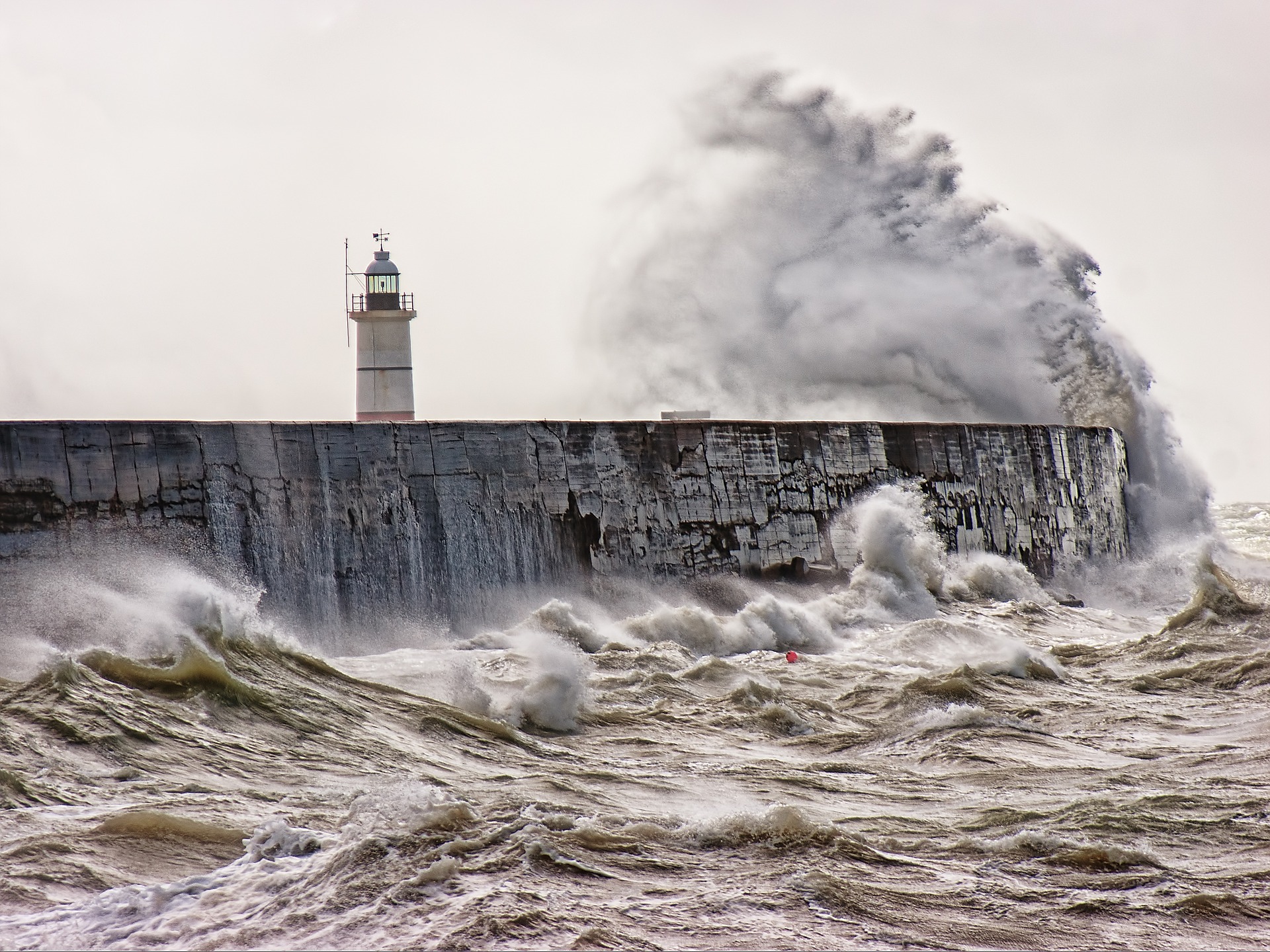Is it time to retreat from the coastline in places?
Rising sea levels and more extreme weather conditions are a threat to cities and heavily populated areas, particularly those near coastlines, but is moving away the answer?
S
ea levels could rise by as much as a metre by the end of the century, according to the IPCC. If we fail to get greenhouse gas emissions under control then they could rise even higher. This puts coastal regions at risk and many areas are focusing on appropriate adaptation measures, such as building sea walls and installing pumps for flood water.
In the UK, which is expected to lose entire towns as the sea claims more than 300 feet of land in some areas, the Environment Agency has adopted a policy of “managed retreat” rather than try to hold back the tide. This is controversial, with critics claiming that it is simply an attempt to save money.
Meanwhile, in Del Mar, California, residents and officials are locked in a battle, with locals objecting to the California Coastal Commission’s plan for managed retreat. Recently, three scientists from Harvard and Stanford Universities, argued in the journal Science that a “strategic and managed” retreat may be the best option in many places. So is it time to abandon our coastal areas?
A strategic retreat
The authors argue for a “reconceptualisation” of retreat as one of “a suite of adaptation options” that can be deployed on a context specific basis. They point out that without a connected strategy, adaptation measures could backfire. For example, increased ‘shoreline armoring’ could encourage dense development, which makes it harder to retreat later, should it prove necessary.
People typically associate managed retreats with a required resettlement, in which the government forces people to move from a threatened location to a specific, safer one. Though this has been done in some places, such as India and Mozambique, it is not the only way to accomplish a retreat. Some countries, such as Australia, Japan and Germany, have banned rebuilding of properties lost to flooding or other natural disasters.
In the United States, New Zealand and the Netherlands, governments have acquired properties, to incentivise people to move. However, many retreats happen organically, as residents with more resources opt to move away. The population of New Orleans, for example, is still only 85 per cent of what it was before Hurricane Katrina struck in 2005. This disadvantages those who have no choice but to stay.

“You’re fighting to hold the ocean in place. Maybe that’s not the battle we want to pick.” Image by David Shepherd/Pixabay
The downsides of retreat
That’s one of the biggest problems with retreat, the authors of the Science report acknowledge. Those who cannot afford to abandon property, cannot pay to rebuild it or can’t manage increased insurance premiums are trapped.
They note, too, that retreats are typically done on an ad hoc, not strategic basis. That means money is sometimes invested in adaptation measures for areas that are later abandoned, and vice versa. And there can be issues with communities that don’t want to move. The Del Mar case is one example, but there have been instances where people want to remain near ancestral land or burial grounds. Sometimes retreats lead to people being resettled across borders, which can cause tensions.
Nevertheless, the report argues that retreats should be more accepted. Dr A.R. Siders, lead author, told the New York Times: “There’s a definite rhetoric of, ‘We’re going to build it back better. We’re going to win. We’re going to beat this. Something technological is going to come and it’s going to save us.’ It’s like, let’s step back and think for a minute. You’re in a fight with the ocean. You’re fighting to hold the ocean in place. Maybe that’s not the battle we want to pick.”
Floating cities and sea walls
Retreat isn’t the only option. Following Superstorm Sandy in 2012, in which tides of more than nine feet above normal levels devastated parts of New York City and killed 43 people, Staten Island is building a five-mile sea wall, designed to a rise of 20 feet. Other options include human-made dunes that take the energy out of waves, or mangroves and other vegetation.
A final possibility is ‘accommodation’, in which cities are redeveloped to cope with rising sea levels and occasional floods. However, these ‘floating cities’ are likely to be expensive.
The Science report doesn’t argue that humans should retreat from all coastlines, only that it is likely to be necessary in some areas and, where that is true, it should be properly planned. Elsewhere, there remain viable adaptation measures. The future is likely to require a balance of them all.
The ideas presented in this article aim to inspire adaptation action – they are the views of the author and do not necessarily reflect those of the Global Center on Adaptation.